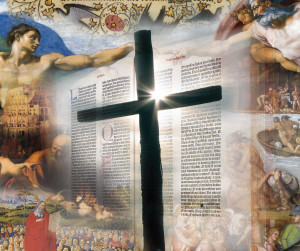
a collage by our graphic designer, Giuseppe Sabatelli, centering on the cross, to signify that this symbol of death, ugliness and disgrace became a symbol of grace, beauty and new life.
Many who have visited the second extraordinary Vatican exhibition of ancient biblical manuscripts entitled Verbum Domini (“The Word of the Lord”) at the Braccio di Carlo Magno (Charlemagne Wing) next to St. Peter’s Basilica (the first one was held in 2012) may not have been aware that the efforts of the organizers, including the American, Oklahoma-based Green family, owner of the collection, and the American Bible Society, in the persons of its president, Roy Peterson, and its Catholic ministries director, Mario Paredes, went much further than a mere display of objects, however valuable and unique they might have been.
(For a description of the exhibition, see the related article in this issue by Lucy Gordan.)
In fact, a series of extremely interesting conferences was also held in Rome from April to June in conjunction with the exhibit, which closed on June 22, in what could be seen as a good example of Verbum Domini, the Word of the Lord, being supported by Verbum Hominis, the Word of Man. Or perhaps, more correctly, of men, as the conference brought together a number of leading scholars and experts on the history of the Bible, who elaborated on its various aspects according to their respective spheres of competence, under the coordination and guidance of Dr. Jerry Pattengale, director of the Green Scholars Initiative (a think tank sponsored by a member of the Green family, Steve Green) and Cary Summers, CEO of the Museum of the Bible due to open in Washington, D.C., in 2017, the latter being another initiative promoted by the Green family.
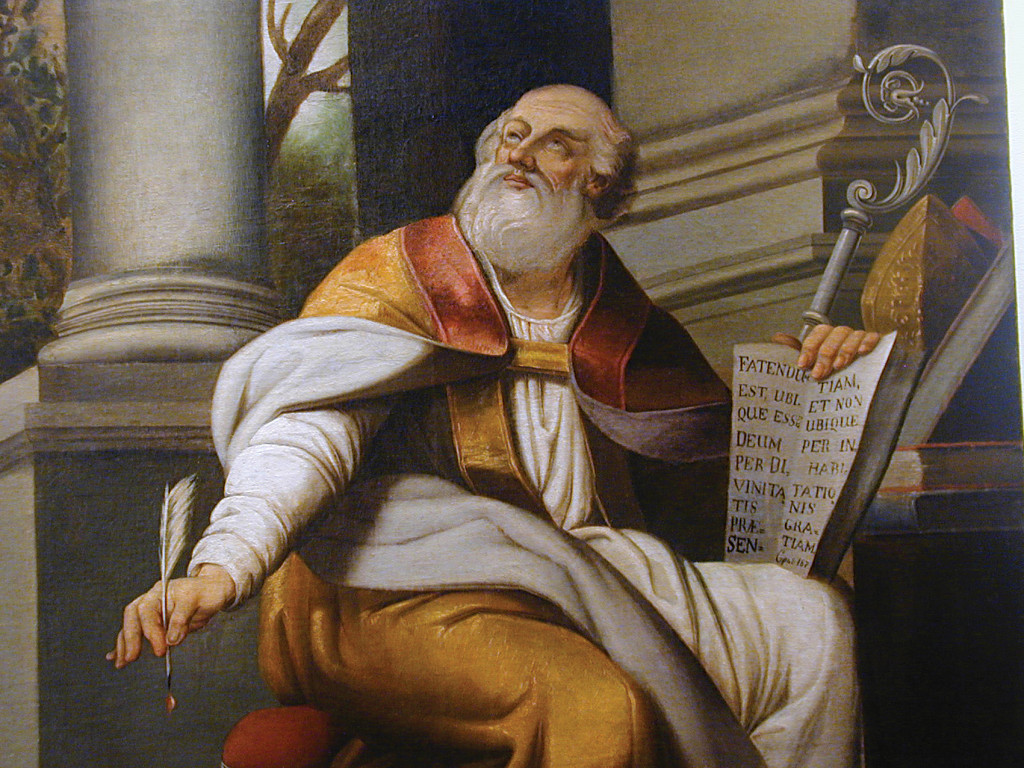
St. Augustine.
These lectures, called “Speaker Series at the Vatican: The Bible to the World” were ushered in by the April 30 conference “The Sixth-Century Purple Codicus of the Gospels” by Rev. Fr. Stephen Pisano, S.J., Ph.D., former rector of the Pontifical Biblical Institute. They continued with a number of other sessions, including “Recent Developments of the Green Collection, the Green Scholars Initiative and the Museum of the Bible” with Dr. Jerry Pattengale and Cary Summers on May 6. Particularly intriguing was the May 8 session with Dr. David Lyle Jeffrey, Baylor University, entitled “Perspectives from North Africa: St. Augustine on the Beauty of the Cross.” Contrary to what we Christians have often taken for granted, namely, that the cross has always been among the highest and most cherished symbols of our Christian religion, this was by no means the case in early Christianity, when it was still widely seen as symbol of shame. How did its transformation come about? This and other issues are dealt with in the interview he graciously granted Inside the Vatican.
Dr. David Lyle Jeffrey is professor of medieval studies at Baylor University and also a senior fellow with the Green Scholars. The Green Scholars Initiative is a scholarly initiative promoted by the Green family in view of creating a museum of the Bible to be located in Washington, D.C., two blocks away from Capitol Hill, due to open in 2017.
Professor Jeffrey, how did your interest in the Bible develop?
David Lyle Jeffrey: To put it in simple terms, one of the things that I have been doing all my life is studying the influence of the Bible upon Christian culture, and my special interest is in the relationship between the commentaries of the early and medieval Church and the later Church and the way in which that affects poets and painters.
I have an interest in aesthetics, we might say, and spirituality. My lecture in Rome was focused on St. Augustine, in order to say something about North African perspectives on the Bible. I chose St. Augustine to give an example of the tremendous vitality and creativity that came out of difficult exegesis and sermons preached in the churches in North Africa. The major point that I made, also with the use of some images, is that, in the lifetime of St. Augustine, when he was a young man, the cross in Roman culture was still a symbol of great shame and embarrassment, and so Christians did not use it in their art. They didn’t even use it in the catacombs; they used substitutes such as, for example, Jonah and the whale.
When did this trend start to be reversed?
David Lyle Jeffrey: It came very late, in the third century already, when some people began to have private little signs of the cross, like St. Macrina in the East, but there were no crosses in the public square, nothing in the West, in Rome, and it took until Augustine started to make some points about the cross before people could see that instead of being a symbol of shame, it could be understood as a symbol of the most beautiful act in the history of the world, the act of Christ giving himself for sinful mankind.
So, what I want to show is how Augustine decides that the cross is beautiful, preaches that it is beautiful, teaches this in his exegeses, and then to show how the Church starts to respond. And I end up by showing some churches here in Rome and also in Ravenna which then make the beautiful cross the focus, in the apse, of Christian worship.
Therefore, I want to say that St. Augustine, as far as we know, is the person whose teaching, and whose preaching, and whose exegeses of Holy Scripture, is the primary influence in that.
Are you perhaps implying that without St. Augustine, no art might have ever adopted the cross for its masterpieces?
Jeffrey: Well, I think it would have come eventually, but he was the one who saw the great beauty of the cross.
If we look at the New Testament in Greek, the word which would be used most commonly for beauty is Greek kalos or kalon, but by the time of the New Testament it means both “beautiful to look at” but also “morally good,” both things together, and this means that people tended to translate it in the Bible as “morally good” because they are concerned with the moral good.
What Augustine does is to restore our sense that it means “beautiful” as well.
And so, for example, he takes the passage like Matthew 26, where Jesus has his feet washed and anointed by the woman who is weeping, and Jesus says she has done kalone, that is, I think she has done a beautiful thing for me. And we still have that expression now in modernity, to do a beautiful thing.
According to Augustine, the most beautiful thing that was ever done, was done by Jesus Christ on the cross.
As I have said time and again, Augustine is a key figure for the transmission of a biblical understanding into the arts, into poetry, into painting, in all languages of the West. For many years I have paid special attention to his work and the way it has affected Christian people.
Will northern Africa ever become again what it was in the early centuries, namely, a major beacon of Christian faith?
Jeffrey: That is in God’s hands. I am not a prophet or the son of a prophet. It seems that this is a long way from where we are. What is true is that we cannot predict the future, but we can indeed look back and be very thankful that there was a period in north African history which produced magnificent men of the faith. Some of them were very strict and stern, ascetics — we think about Origen, or we think about Athanasius contra mundum, in other words, “Athanasius against the world,” because he successfully and repeatedly defended Church dogma against the Arian heresy, which at times had become very popular.
Or we think about Tertullian, or the Desert Fathers, who were very, very strict and ascetic men.
But that part of the world also produced—Augustine is the chief example of this, I think—it produced a wonderful sense of the beauty of God’s self-disclosure in Christ Jesus and the action of the cross, which in fact has influenced everything in Christianity ever since.
So, we may think that the monastic, the ascetic, the hermit tradition, a very stern self-disciplined asceticism, áskēsis in Greek, has been a very north African tradition. But the enduring influence from north Africa, even more transformative in Western culture, has been distinctive in Augustine: seeing the beauty in Scripture, seeing the beauty in the action of God in Jesus Christ.

Prof. David Lyle Jeffrey of Baylor University and the Green Scholars.
Any final message you would like to convey?
David Lyle Jeffrey: It has been a privilege for me to be here in Rome. I am grateful to the people who made that possible, the Biblioteca Apostolica Vaticana, the Green family, and I am very happy to participate in and support their attempt to spread a wider understanding of the tremendous importance of Holy Scripture for the development of Western culture.


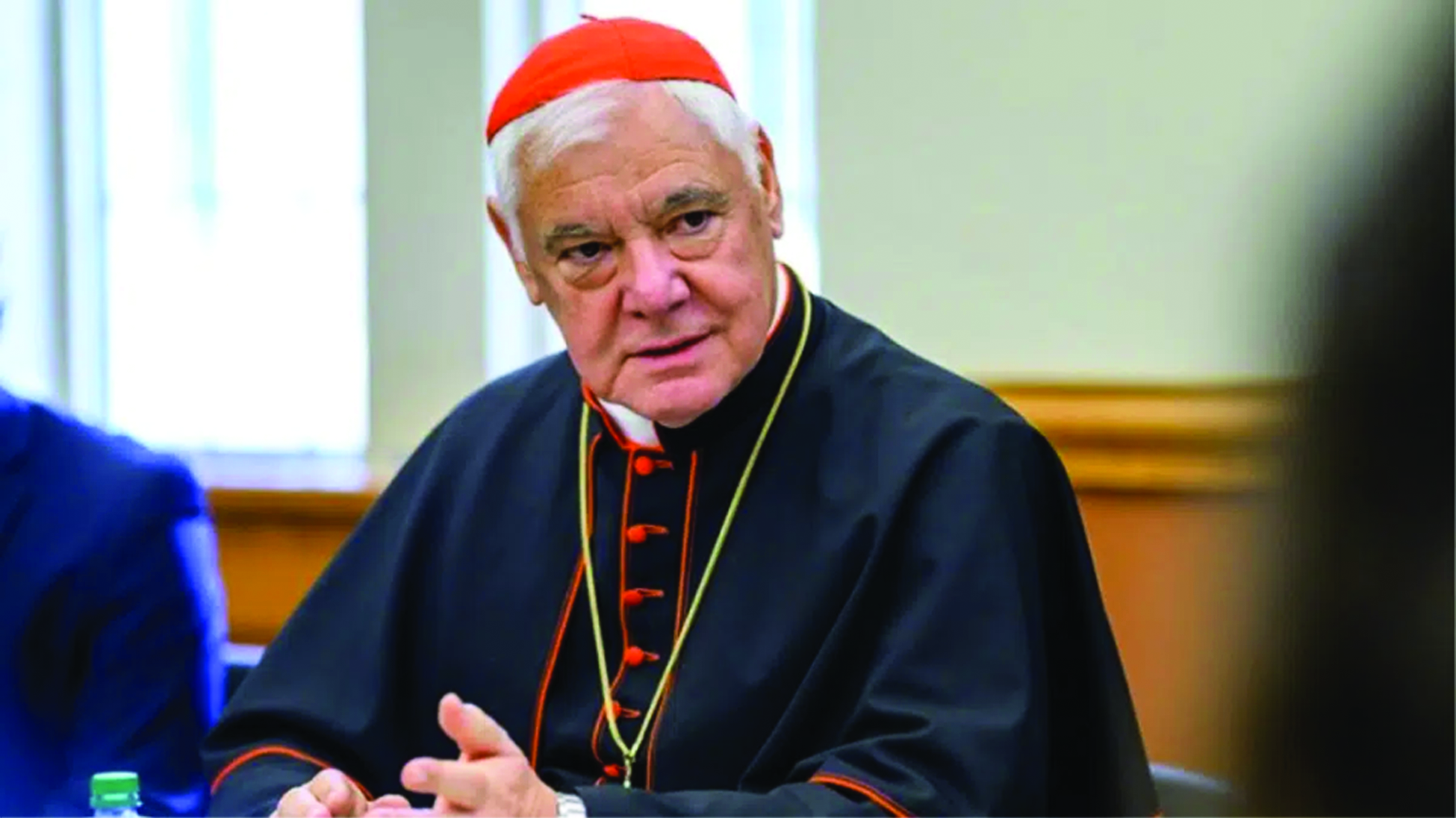

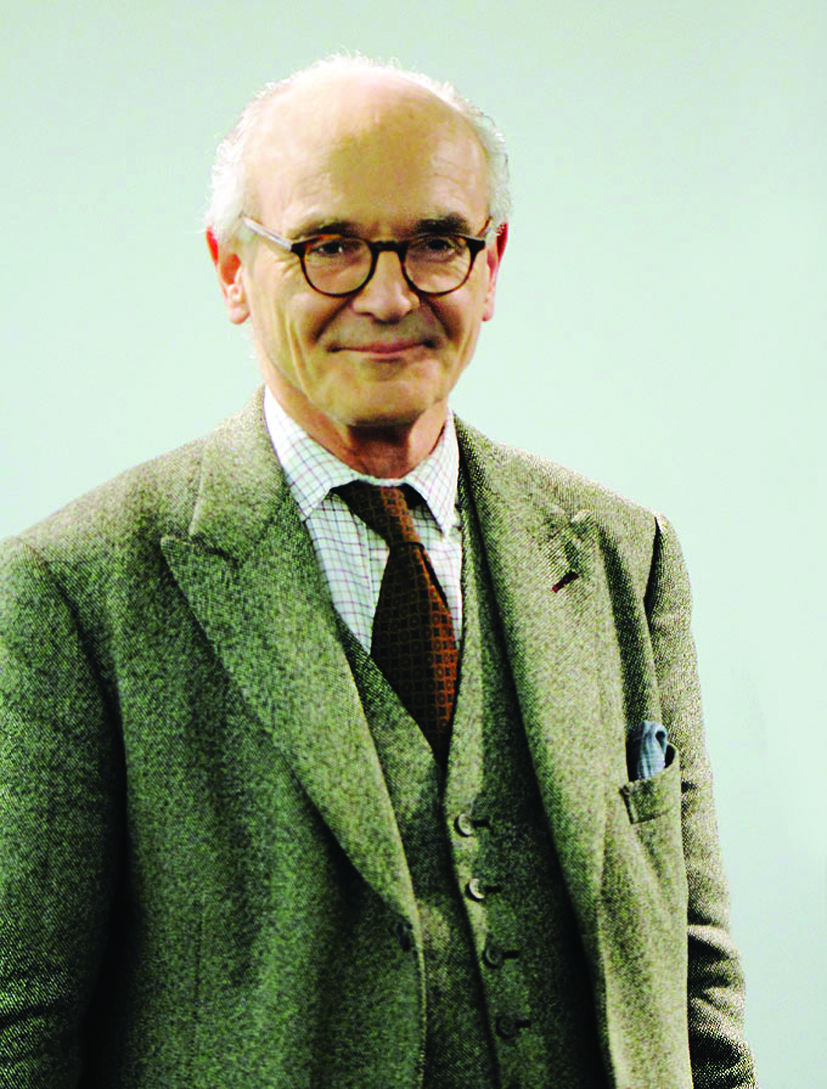
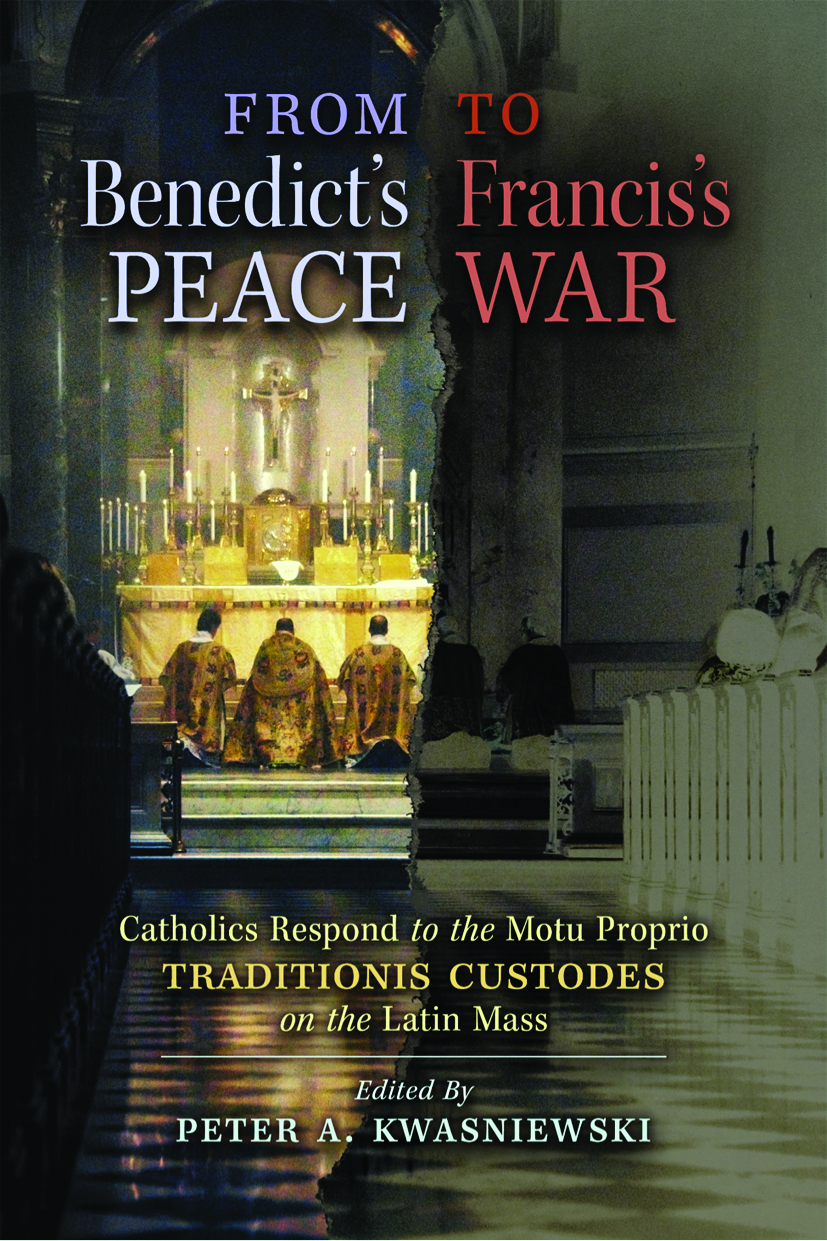
Facebook Comments